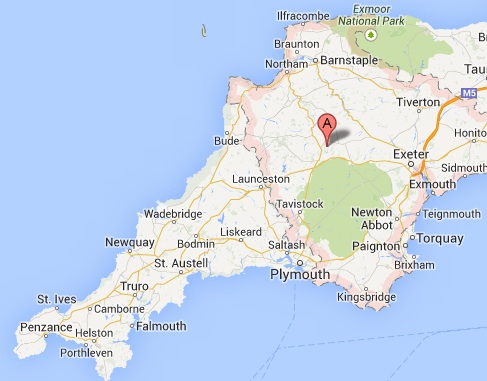Discreet Bed Bug Control for Domestic and Commercial Properties in Polperro and Cornwall
Insurance Approved · Established 23 Years · NPTA Member · Competitive Local Rates
Contact us today for all your Bed Bug Control in Polperro on 07896 595110
Why use Bed Bug Control Polperro:
- We only use techniques to prevent damage to property, pets and your family.
- We cover all types of Bed Bug Control
- No work will be unertaken without prior permission form the customer
- All techicians are fully trained to industry standards for Bed Bug Control
About Bed Bugs
Adult bedbugs are a reddish-brown colour, flattened, oval, and wingless. Bedbugs have microscopic hairs that give them a banded appearance. Adults grow to approximately 4 – 5 mm in length and 1.5 – 3 mm wide. Newly hatched nymphs are translucent, lighter in color and become browner as they mouth and reach maturity.
Bedbugs use pheromones to communicate regarding nesting locations, attacks, and reproduction.
The life span of bedbugs varies by species and is also dependent on feeding.
Bedbugs are (bloodsucking) insects. Most species feed on humans only when other prey is unavailable. Bedbugs are attracted to their hosts primarily by carbon dioxide, secondarily by warmth, and also by certain chemicals.
A bedbug pierces the skin of its host with two hollow feeding tubes. With one tube it injects its saliva, which contains anesthetics, while with the other it withdraws the blood of its host. After feeding for about five minutes, the bug returns to its hiding place.
Bedbugs are (bloodsucking) insects. Most species feed on humans only when other prey is unavailable. Bedbugs are attracted to their hosts primarily by carbon dioxide, secondarily by warmth, and also by certain chemicals.
Although bedbugs can live for a year without feeding, they normally try to feed every five to ten days. In cold weather, bedbugs can live for about a year; at temperatures more conducive to activity and feeding, about 5 months.
NPTA trade associated and insured



